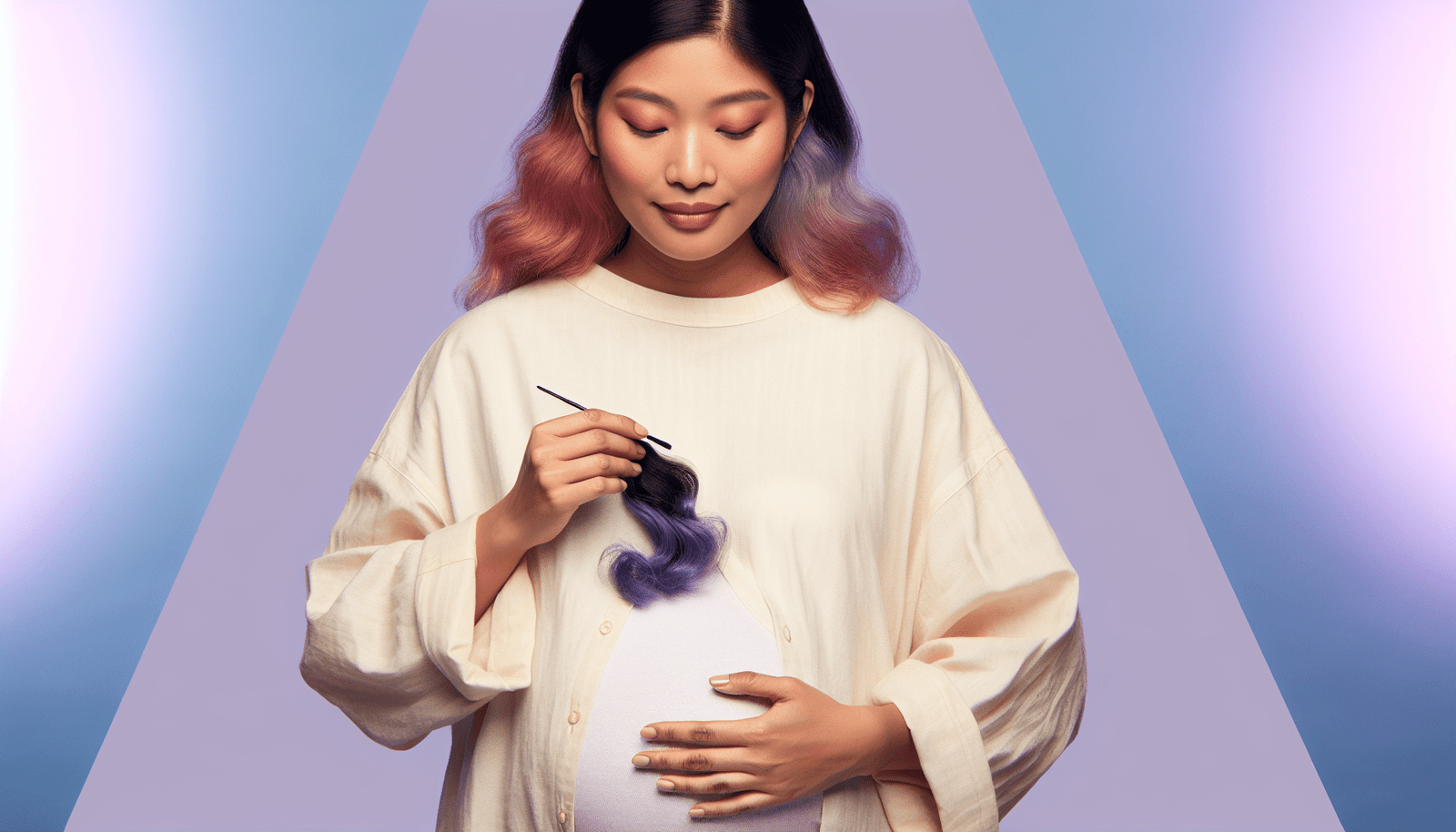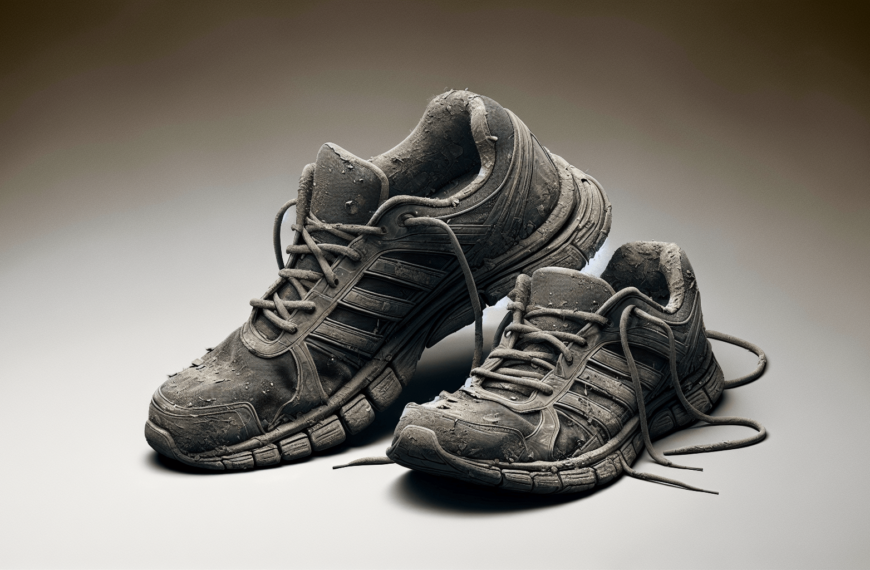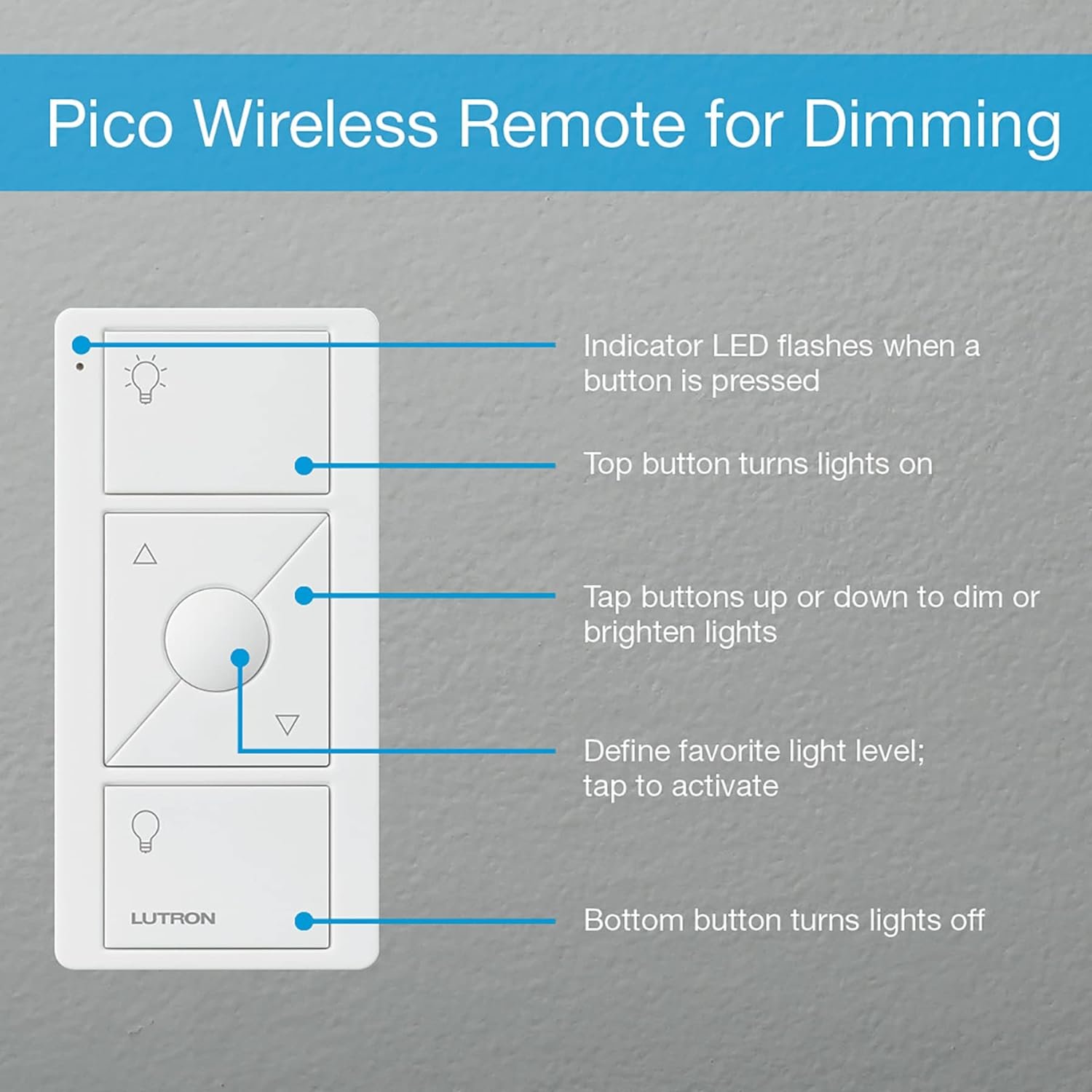The article titled “Is it Safe to Dye Your Hair While Pregnant?” explores the potential risks and considerations for pregnant women who are contemplating dyeing their hair. Recognizing that pregnant mothers make numerous sacrifices for their baby’s health, the article delves into the limited research available on the topic and provides insights on the safety of hair dye during pregnancy. It examines the various types of hair dyes, their ingredients, and potential effects on the baby, while offering suggestions on how to color hair safely during pregnancy. With a balanced approach, the article aims to inform and empower pregnant women to make informed decisions about their hair care routines while prioritizing their baby’s well-being.
Can You Dye Your Hair While Pregnant?
Dying your hair during pregnancy is a personal choice. While there is a theoretical risk that exposing yourself and your baby to the chemicals in hair dye may cause issues with your pregnancy or baby, most of these ingredients have not been studied in humans or specifically pregnant women. It’s important to remember that studies involving these chemicals typically involve feeding them to animals, not applying them topically to the skin or hair. The skin is a significant barrier to the chemicals in hair dye, and unless there is an open wound on the scalp, only a small amount of hair dye is absorbed into the body. The chemicals are unlikely to reach the placenta in large enough quantities to cause harm to the baby.
Read more about the latest articles
Can You Bleach Your Hair While Pregnant?
Hair bleach, which uses hydrogen peroxide to highlight and lighten strands of hair, is generally considered harmless. Hydrogen peroxide occurs naturally in very low levels in the air and human tissue. It is not usually applied to the whole head and scalp, making it unlikely to reach the placenta or cause damage to an unborn baby.
Potential Risks of Dying Your Hair During Pregnancy
Some studies have suggested associations between dying your hair during pregnancy and certain adverse conditions in offspring. These include leukemia in children under 2, allergies, abnormal birth weight, and brain tumors. However, major cancer research centers report that there is insufficient evidence from these studies to conclusively link hair dye to cancer. Additionally, it is unclear whether hair dye affects fetal development.
What Is In Hair Dye?
Hair dye contains various ingredients, including phenylenediamine (PPDA), aminophenols, and ethanolamine. PPDA, which has not been studied in human pregnancies, has shown no malformations in fetal rats exposed to it. Other ingredients, such as aminophenols and ethanolamine, have demonstrated a risk of birth defects in animal studies but only at very high doses. Hair dye also contains other less concerning ingredients, such as propylene glycol, oleic acid, and isopropyl alcohol. More studies are needed to understand the safety of these chemicals when combined.
Read more about the latest articles
Different Types of Hair Dye You Can Use During Pregnancy
There are several types of hair dye that can be used during pregnancy, including gradual, vegetable, temporary, semi-permanent, and permanent dyes. Permanent hair dye requires ammonia to open the outer layer of the hair and allow the dye to penetrate deep into the shaft. While these dyes last without fading, they often contain harsher chemicals. Semi-permanent hair color coats the hair in dye without changing the color of the inside of the hair strands. They do not contain ethanolamine or ammonia but may still contain other potentially irritating chemicals. Vegetable dyes, often made from henna, are considered more natural but may still contain PPDA. It is important to note that any hair dye can likely be safely used during pregnancy, as animal studies have demonstrated their safety and only a small amount of dye is absorbed into the body.
4 Tips for Safely Coloring Your Hair While Pregnant
If you have decided that you are comfortable with continuing to color your hair during pregnancy, there are several precautions you can take to reduce the risks to you and your baby.
-
Wait until the second trimester: Most of the baby’s vital organs form in the first trimester, so it is best to avoid potentially harmful chemicals during this time. Waiting until the second trimester reduces the risk to the baby.
-
Minimize contact with your skin and scalp: Wear gloves when applying hair dye at home to prevent absorption of chemicals through the fingers and hands. Leaving some of your roots natural also decreases the contact the dye has with the scalp.
-
Minimize inhalation of hair dye fumes: Apply hair dye in a well-ventilated area or open a window to minimize the inhalation of fumes. Consider wearing an N-95 mask to further reduce chemical exposure.
-
Perform a patch test: Before applying the dye to your whole head, perform a patch test by applying a small amount of dye to a small area of skin. Monitor for any signs of irritation before proceeding with the full application.
It is important to do your research and talk to your healthcare provider to make an informed decision about dying your hair during pregnancy. While dying your hair is generally considered safe, it is always best to take precautions and make choices that you feel comfortable with for the health of you and your baby.














